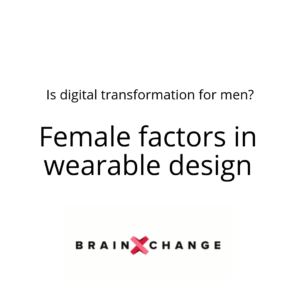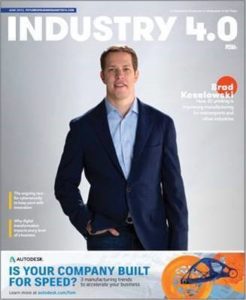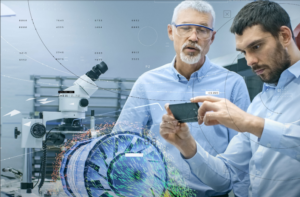A number of firms have already adopted the emerging technology – which could help to potentially avert oil spills – including Chevron, British Petroleum (BP) and Baker Hughes, among many others.
In 2010, an explosion at BP’s Deepwater Horizon drilling rig resulted in some 210 million gallons of oil and 225,000 tons of methane spilling into the Gulf of Mexico, leading to a massive ecological disaster that caused untold damage to marine life and surrounding areas.
Since then, oil firms have adopted AR headsets and glasses, which superimpose digital images on what the wearer sees in real life to fix problems on rigs, refineries and plants. The technology transmits information in real-time to experts located anywhere in the world, who can then respond with instructions and guidance to a technician on-site.
BP relies on “smart glasses” that use a software platform developed by the Israeli company Fieldbit, whose technology is used by field service technicians via interactive AR-based glasses, mobile devices and web browsers.
“Our software enables field service personnel in remote locations to collaborate with off-site experts and management in real time via smart eyeglasses, smart phones, mobile devices and web browsers,” Evyatar Meiron, CEO of Fieldbit, told The Media Line, adding that a number of businesses had already adopted the company’s software, including BP, Emerson, Enel, and Honeywell.
Meiron said the technology helps these companies “get their personnel in the field the right information at the right time, whether it’s finding a location quickly among acres of oil wells or accessing specifications for well pressures and temperatures.”
He further noted that Fieldbit is working with a number of sectors aside from oil and gas, including the printing, manufacturing and medical industries.
Due to the high costs of flying out specialists to the far-flung places where plants and rigs are often located – which can reach tens of thousands of dollars – a number of other tech outfits have also begun providing similar AR solutions. General Electric, for instance, has equipped some workers with “Smart Helmet,” a hard hat with a video camera and a Bluetooth-enabled headset that was created by the Italian company VRMedia. The Sweden-based XMReality also offers a similar AR-based solution.
Eric Abbruzzese, a research director at the U.S.-based ABI Research firm, which specializes in AR and virtual reality (VR), told The Media Line by email that these emerging technologies are proving popular because remote expertise is especially sought after in the oil and gas sector.
“Being able to connect with an expert (assuming there’s connectivity) to walk through a procedure/task when a worker needs it is incredibly valuable,” Abbruzzese stressed. “Just the time and cost savings for not having to have an expert travel to a site is significant.”
According to Abbruzzese, among the specific tasks that benefit the most from AR are digital documentation, 3D model viewing and step-by-step instructions.
“With more advanced AR solutions like Microsoft HoloLens, instruction can be directly overlaid on the environment as a worker goes about a task, with rich visualization for content when available,” he specified. “One can even be trained in parallel with accomplishing a task (in situ training), meaning trainee ramp up can theoretically be instant.”
In addition to training personnel, the same technology can lead to error reduction and also prevent oil spills, Abbruzzese continued. Nevertheless, because it is such a new technology, AR has so far only been implemented on a small scale and mostly with pilot phases.
“Outside of oil and gas, implementation is more significant,” Abbruzzese explained. “While there is objective value to AR usage, those difficulties with implementation can be significant barriers. The time and money required to get an oil rig and its workers outfitted and ready with advanced augmented reality is daunting; lower cost and simpler AR headsets, like Google Glass and RealWear, are more appealing today for this reason, capitalizing on some high value use cases (step-by-step instruction, remote expertise).”









